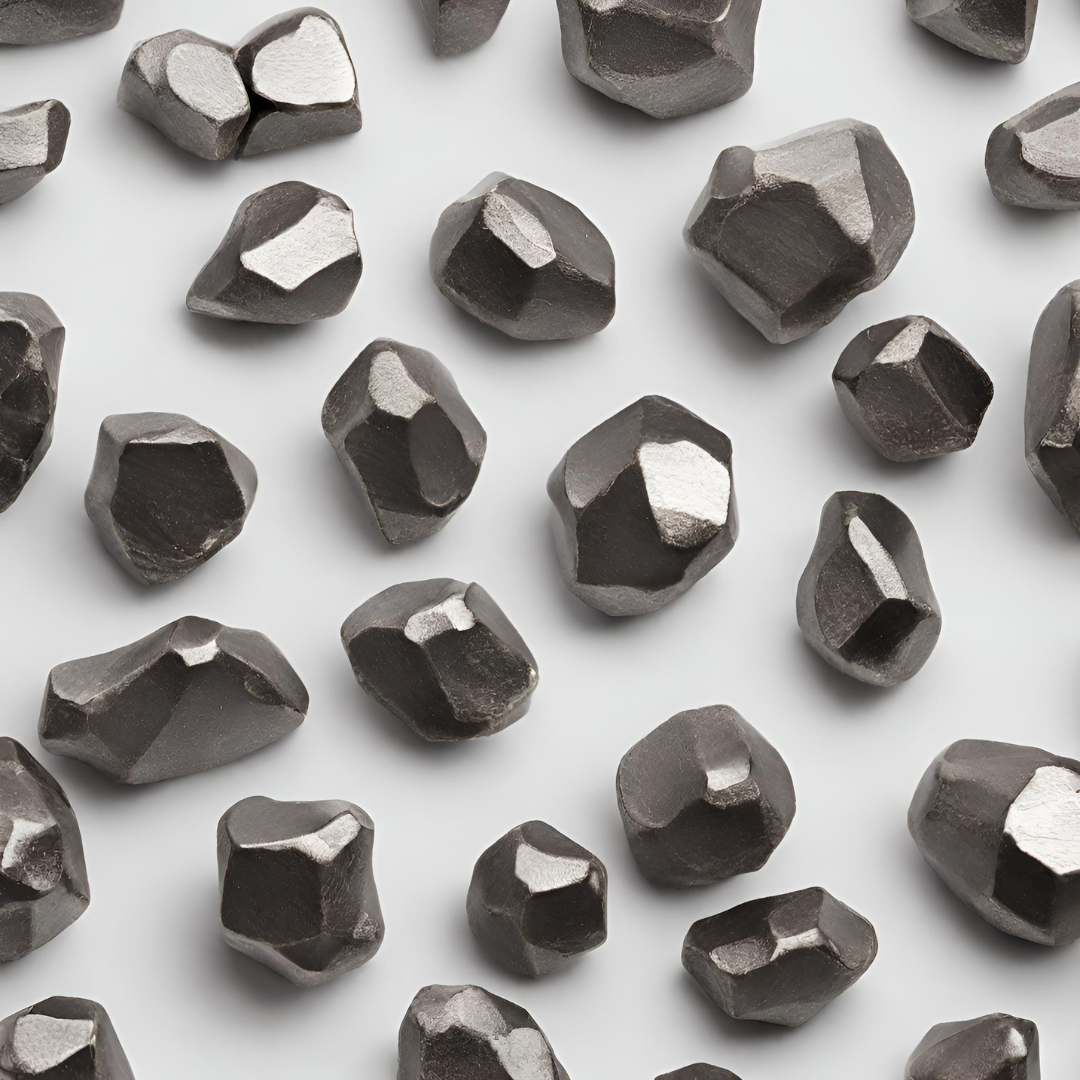Tungsten, symbolized by the letter ‘W’ on the periodic table, is a fascinating element with a rich history and remarkable properties. Discovered in the early 18th century, tungsten has become an indispensable material in various industries, ranging from electronics to aerospace. In this article, we’ll delve into some intriguing facts about tungsten that highlight its unique characteristics and wide-ranging applications.
Discovery and Name
Tungsten was first isolated in 1781 by Swedish chemist Carl Wilhelm Scheele and later by his compatriot Torbern Bergman. However, it wasn’t until 1783 that Spanish chemists Juan Jose and Fausto Elhuyar successfully isolated tungsten in its pure form. The name “tungsten” is derived from the Swedish words “tung sten,” meaning “heavy stone,” reflecting its dense nature.
Density and Melting Point
Tungsten boasts the highest melting point of all elements, reaching a staggering 3,422 degrees Celsius (6,192 degrees Fahrenheit). This exceptional property makes tungsten suitable for applications requiring extreme heat resistance, such as in the production of high-performance alloys and materials used in aerospace and military technologies. With a density of 19.3 grams per cubic centimeter, tungsten is also one of the densest elements.
Industrial Applications
Tungsten’s exceptional hardness and heat resistance make it a prized material in various industrial applications. The manufacturing of cutting tools, drill bits, and saw blades often involves tungsten carbide, a compound of tungsten and carbon, due to its remarkable strength and wear resistance. Tungsten is also used in the production of high-speed steels, which find applications in the machining and cutting of metals.
Lighting and Electronics
Tungsten has played a pivotal role in the field of lighting. Traditional incandescent light bulbs used tungsten filaments to produce light when heated to high temperatures. Although these bulbs have largely been replaced by more energy-efficient options, tungsten still finds applications in the electronics industry. Tungsten is used in the production of electrical contacts, as well as in the creation of components for electronic devices like transistors and integrated circuits.
Tungsten Alloys
Tungsten’s versatility extends to the production of alloys with other metals, creating materials with unique properties. One notable example is tungsten-nickel-iron alloy, which possesses a high density and magnetic permeability, making it suitable for applications in the production of radiation shields and high-density projectiles.
Radiation Shielding
Due to its high density, tungsten is effective at absorbing and blocking radiation. This property makes it an ideal material for the construction of radiation shielding in medical and industrial settings. Tungsten-based shields are commonly used in X-ray and CT scanning machines to protect both patients and operators from harmful radiation exposure.
Conclusion
Tungsten’s impressive physical properties and versatility have secured its place as a crucial element in various industries. From its role in the production of cutting-edge alloys to its applications in electronics and radiation shielding, tungsten continues to contribute significantly to technological advancements. As researchers explore new possibilities and applications, the story of tungsten’s importance in the modern world is likely to unfold even further.

